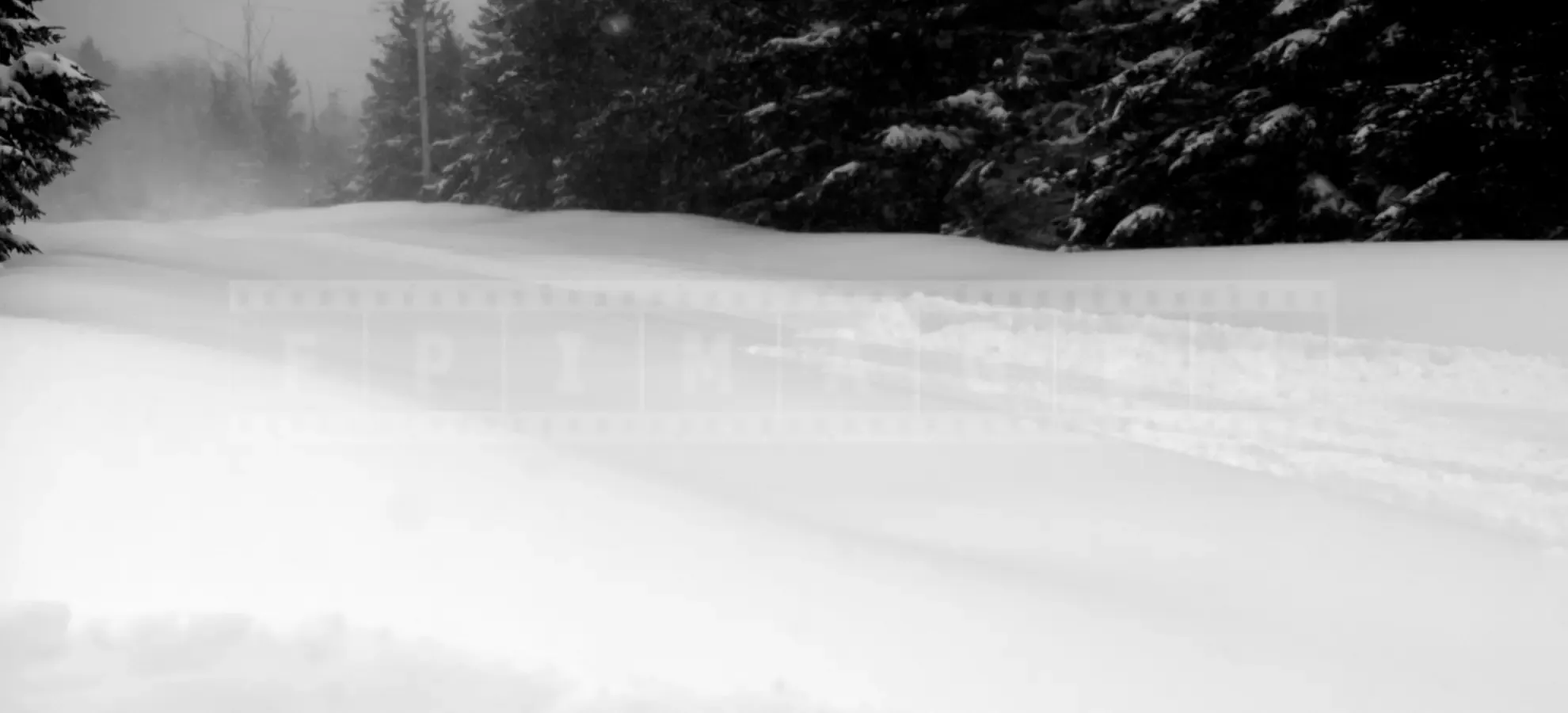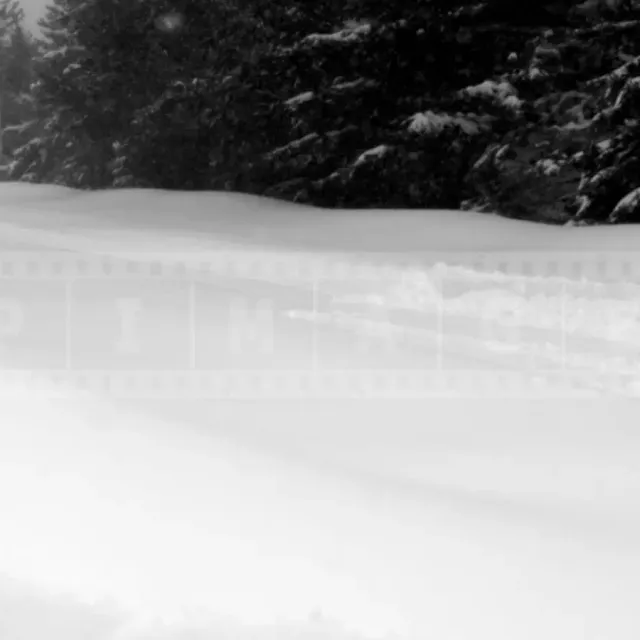Nova Scotia’s winter of 2015 turned out to be one of the snowiest winters in recent years. It was also a winter that had sustained temperatures below freezing and that caused a lot of snow accumulations over time.
Major snowfall winter photo story
Usually, Nova Scotia winters have many freeze and thaw cycles that allow snow to melt away and not accumulate. FPImages presents winter pictures taken during a recent Nova Scotia winter storm that hit the province on March 18, 2015.
Nova Scotia’s winter storm of March 18, 2015 arrived just a couple of days after another major storm. During that storm city of Halifax received about 20-30 cm of snow.
Winter activities in black and white pictures at Bragg Creek
March storm snow accumulations are up above 40cm of snow. If you consider strong winds, this storm created snowdrifts higher than 3-4 feet in some areas. The city of Halifax canceled transit bus service and people were advised to stay off the roads.
Taking winter pictures during a significant snowstorm can be a fun activity. It is advisable to prepare appropriately, though, to enjoy it and to capture great winter photographs. With a large amount of snow and high winds, it is essential to stay safe first and wear appropriate winter clothing and boots.
Think in advance about where you want to go and what point of view you would like to reach. Remember that many obstacles are hidden by deep snow and it is easy to trip and fall down.
Also, to take awesome and scenic winter pictures during winter storms, prepare your camera – charge the battery, choose the lens you want to use and the protection from the elements for the camera.
In difficult weather conditions, it is a good idea to use a prime lens as the zoom lens can pull moisture into the camera. If the winds are not that strong umbrella can help protect the camera from the snow.
Winter photography tips
1. Charge your camera battery; cold weather reduces the life of the battery charge.
2. Dress accordingly and wear gloves that will allow you complete control of the camera and have a good grip.
3. During snowstorms, use a protective bag for the camera or use an umbrella if the winds permit.
4. Practice black and white photography during a major snowfall.
5. Use a prime lens and think in advance about camera settings.
6. Plan your route before walking in deep snow, and exercise caution and common sense safety.
Amazing winter hiking in the Plains of Abraham park in Quebec, Canada
Park de la Chute Montmorency waterfall, spectacular winter hiking trail near Quebec city
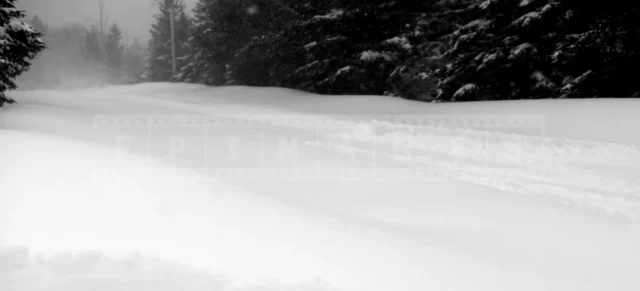
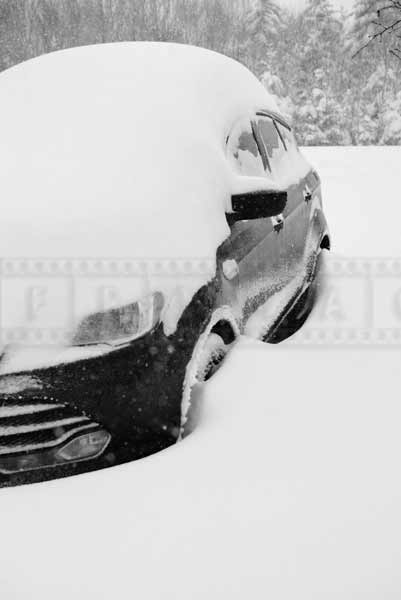
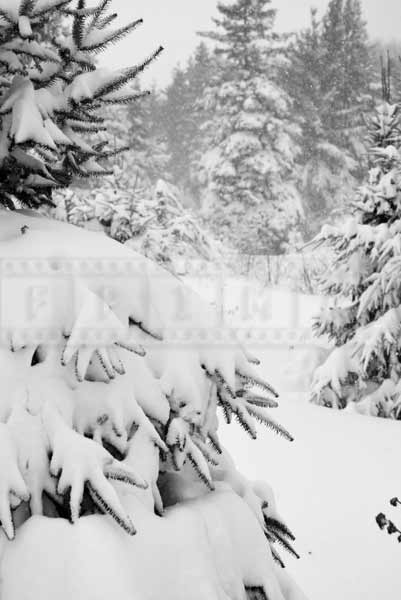
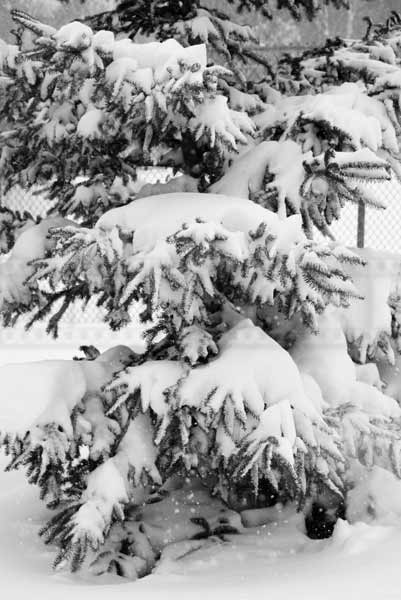
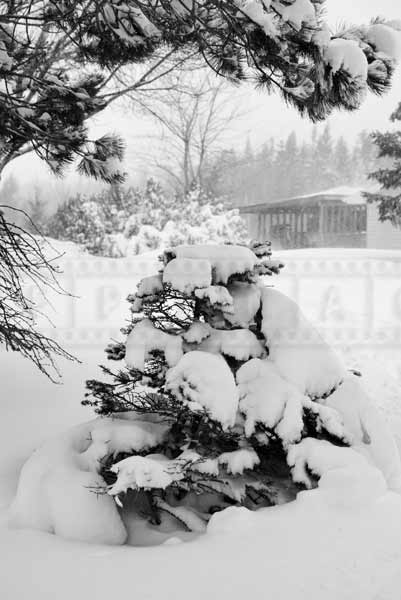
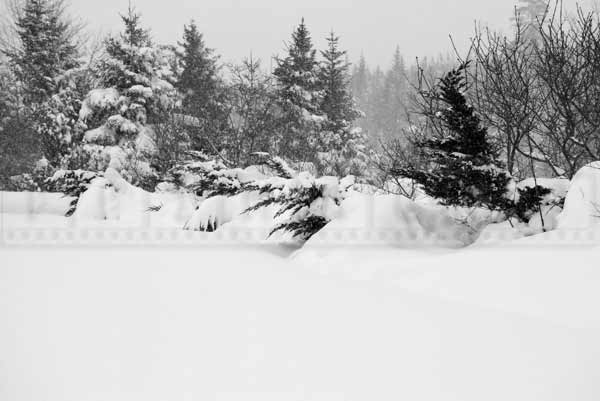
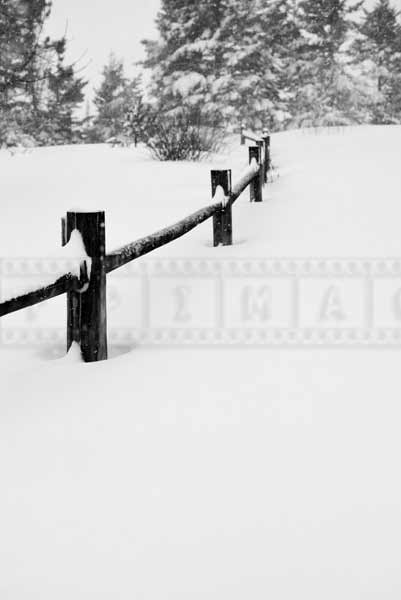
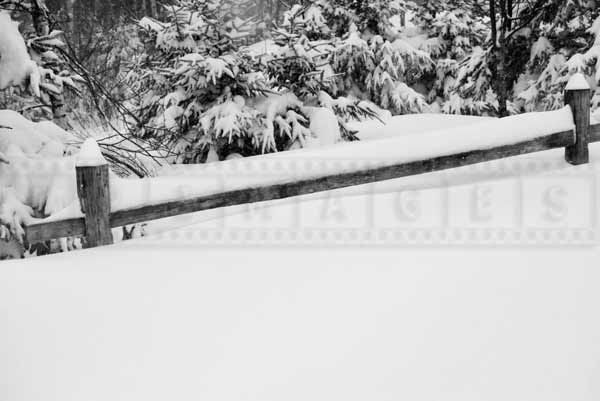
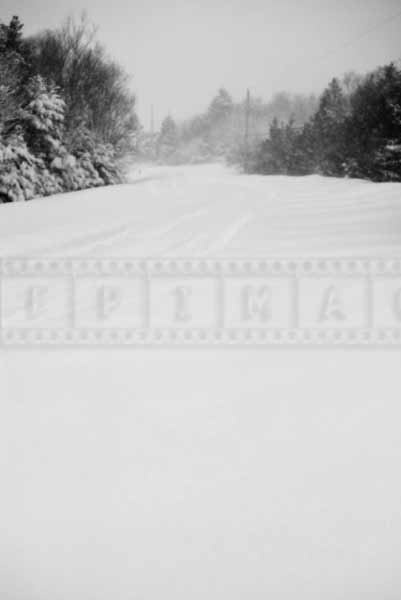
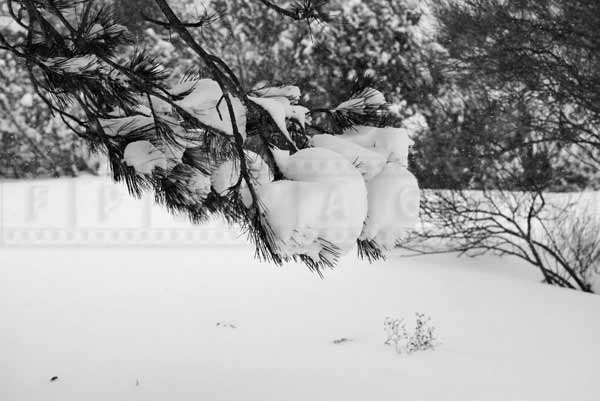
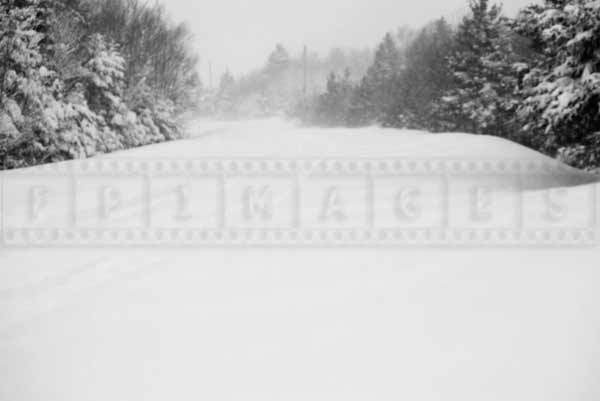
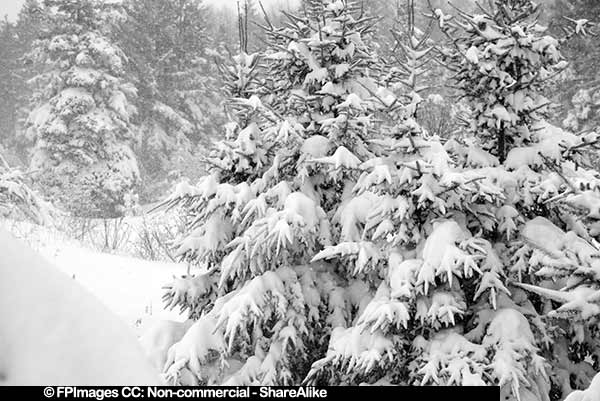
Tags: black and white pictures / climate change / Halifax / Nova Scotia / winter pictures

